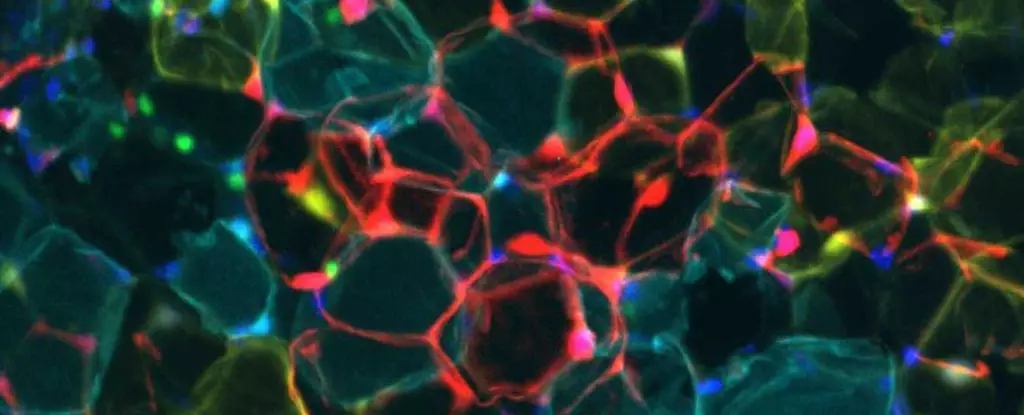Recent research conducted at the University of California, San Francisco has unveiled a groundbreaking discovery in the realm of fat cells. Physician scientist Brian Feldman and molecular biologist Liang Li uncovered a switch that has the potential to convert white adipose tissue (WAT) into brown adipose tissue (BAT) in mice. This transformation could revolutionize our understanding of fat metabolism and offer new possibilities for combating obesity and related health issues.
White fat has long been regarded as a storage unit for excess calories in the body. It is typically found beneath the skin and surrounding internal organs, acting as insulation and providing shock absorption. On the other hand, brown fat is rich in energy-generating mitochondria, enabling it to burn through fuel rapidly to generate heat. While adult humans generally have minimal amounts of brown fat, infants and hibernating mammals rely on it for thermal regulation. This balance between white and brown fat has played a crucial role in human evolution, but modern lifestyles often tip the scales towards excessive white fat accumulation, leading to health complications.
Feldman and Li’s research focused on the transcription factor Klf15, which they suspected played a key role in fat regulation. By depriving mice of Klf15, the researchers were able to trigger a conversion of WAT into BAT, effectively changing the function of fat cells from storage to energy expenditure. The abundance of Klf15 in white fat cells hinted at its significance, prompting further investigations into its specific functions. Through experiments involving the administration of isoproterenol to stimulate brown fat activation, the researchers identified Adrb1 as a critical receptor involved in the transformation process.
The discovery of Klf15’s role in fat cell transformation opens up new possibilities for therapeutic interventions in obesity and metabolic disorders. While clinical trials are underway to explore the use of Adrb3 agonists in humans, Feldman is optimistic about the potential of targeting Adrb1 for more effective outcomes. By activating Adrb1 and inducing the ‘beiging’ of white adipose tissue, it may be possible to facilitate the breakdown of fat reserves in a safer and more efficient manner. This innovative approach could offer hope to individuals struggling to manage their weight and metabolic health.
The research conducted by Feldman and Li sheds light on the dynamic nature of fat tissue and the possibility of altering its function through targeted interventions. The discovery of the Klf15 switch provides a valuable insight into the mechanisms underlying fat metabolism and offers a potential pathway for transforming white fat cells into calorie-burning beige fat. With further research and clinical trials, this innovative approach may pave the way for more effective treatments for obesity and related conditions. The future of fat cell transformation holds immense promise for improving metabolic health and combating the global epidemic of obesity.


Leave a Reply